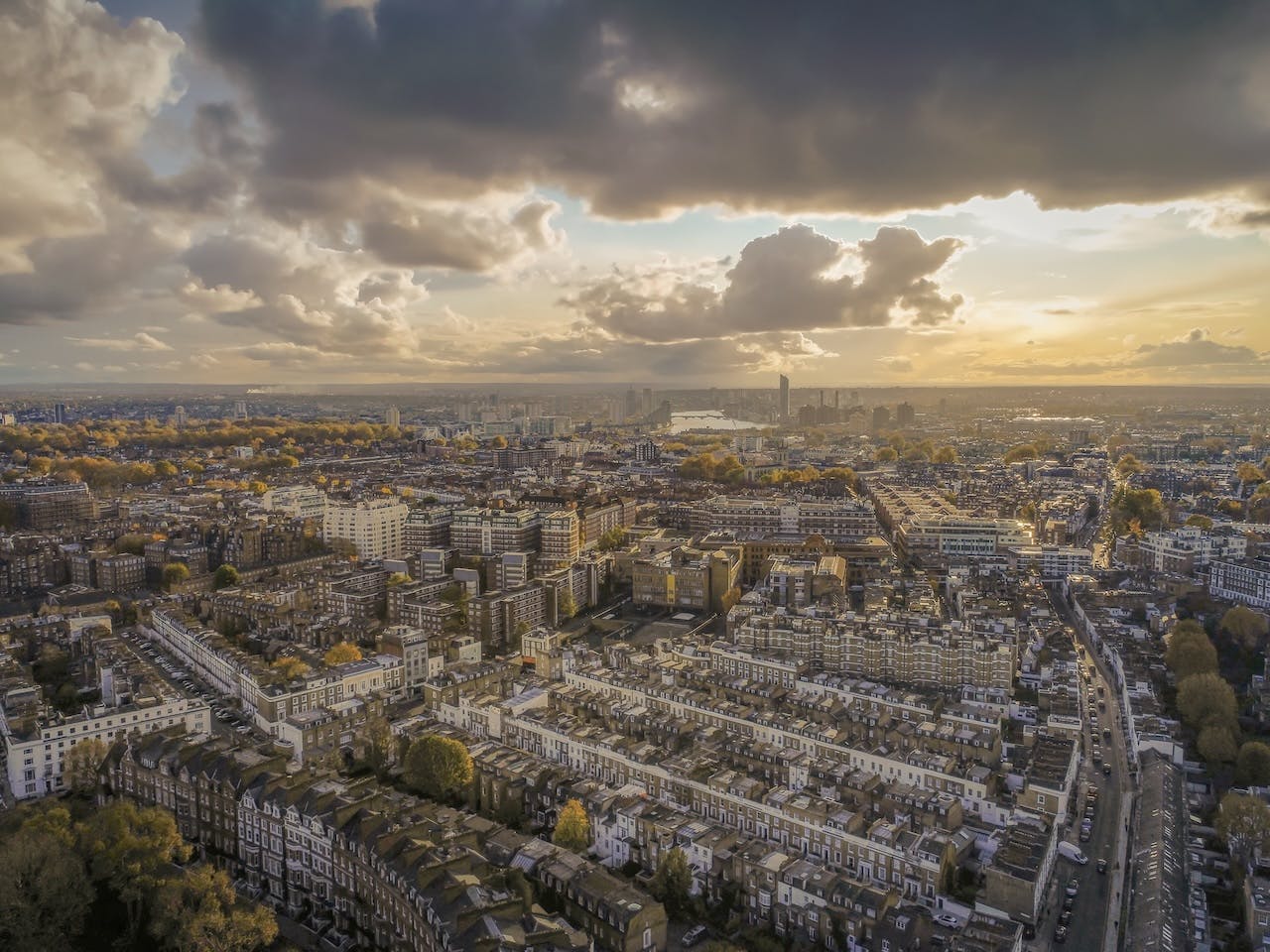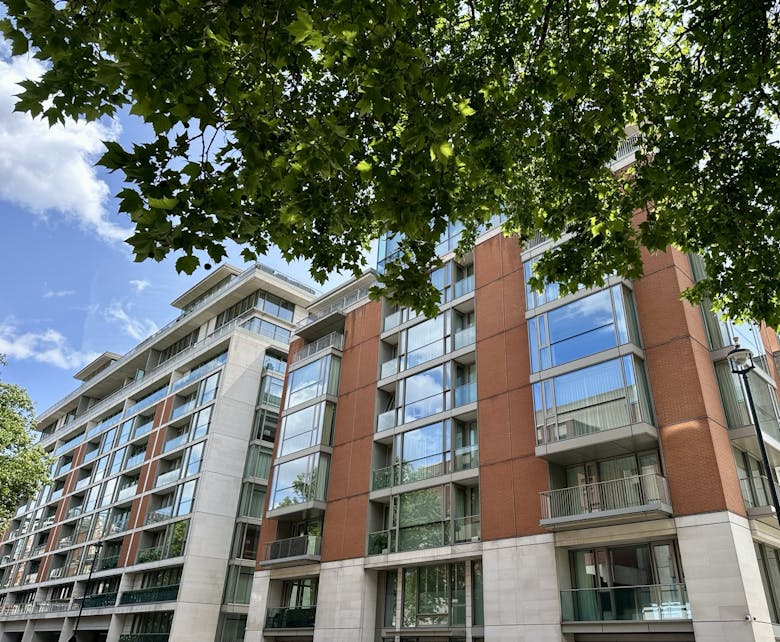Over the past 25 years, much has changed in prime central London. Areas have fallen in and out of favour, new developments have attracted new buyer types and some of the smartest postcodes have smartened up their act.

For those of you whose memories stretch back that far – the fashionable areas of prime London 25 years ago included Kensington & Chelsea, Mayfair, Belgravia and Knightsbridge. These were the places that anyone with money wanted to buy into. While some of these areas have fallen, albeit temporarily, out of fashion – Belgravia and Knightsbridge spring to mind – others have taken their place.
Prime central London with its white stucco-fronted houses will always hold its own, but the well-heeled purchasers of today are open to areas beyond Zone 1.
Outside space has become especially important – particularly to homeowners – which has led buyers to areas such as Notting Hill, St John’s Wood, Hampstead, Wandsworth and Richmond. Here, leafy streets, parks and garden squares, not to mention, large period houses have become some of the most desirable postcodes in the capital. These are London’s villages, the new prime areas bordering prime central London.

Communities and neighbourhoods are what makes London a great place to live and these areas have this in abundance. Twenty-five years ago, the best bars, shops and restaurants were all in prime central London. If you lived in say Wandsworth and wanted to move up in the world, then prime central London was where you looked to move to. But now you don’t need to.
Today’s residents of these new areas of prime London have everything they need right on their doorstep. Michelin-star restaurants, artisan food shops and designer stores are just a stroll – not a journey – away from their front door. It comes as little surprise to learn that these new prime postcodes have seen some of the strongest price growth of recent years.
A lot of this is down to the return of home ownership and on this we seem to have gone full circle. In the mid to late 1990s, prime London buyers were buying homes in which to live. But everything was about to change.
The first buy-to-let mortgages were launched in the late 1990s and they quickly caught the attention of buyers. The buying public saw buy-to-let as an investment for the future and an income stream for the present.
New apartment blocks sprung up across London and pieds-à-terre were snapped up by investors, tapping into tenants keen to rent.
Large areas of the capital became investment havens for both domestic and international buyers. The financial crash of 2008 was the only blip in what had become one of the fastest growing sectors of the housing market.
“Time has proven that property is not a one-way bet for financial gain”
But time has proven that property is not a one-way bet for financial gain. Today, London’s investment market is more subdued. Incremental government legislation, together with poor yields and sluggish capital growth have tarnished its appeal. Investors may be thinner on the ground but owner-occupiers have returned.
People want to live their lives in London and property is once again seen as a home. The cost of buying in prime London, that is to say not just the price of the house, but the stamp duty payable and the cost of renovation, is high. And price growth over the last decade has remained pretty flat.
All in all, it’s not surprising to see that buyers today are taking their time. They’re cautious, they don’t want to lose money, they’re in it for the long haul and they want to make sure they get it right.
London is one of the world’s great cities. It was 25 years ago and it remains so today. Its buyers are truly international and one of the biggest changes in prime London has been the growth of new high-end developments that suit their needs well. The best are centrally located in a smart postcode and provide lateral living, with state-of-the-art amenities including round the clock security and concierge. Essentially these are new homes built to the highest specification with facilities to rival the very best hotels

The Knightsbridge was one of the first such developments. Overlooking Hyde Park Barracks, work began on this apartment block in 2002 and when it opened in 2005, it set the standard for others to follow, including One Hyde Park which was completed in 2009. The 11 largest apartments – excluding the penthouses – at One Hyde Park were 10,000 square feet and all found buyers ahead of completion. Not only that, the development set new benchmark prices of up to £50m, prices not previously seen for any apartments in any part of prime central London.
And others have subsequently followed. From The Peninsula at Hyde Park Corner, to The Bryanston in nearby W1 and the Old War Office apartments in Westminster. These developments have set new prices for some of London’s most established prime postcodes and created new prime postcodes by just being there.
It’s not just new residential developments that have re-defined prime London over the last 25 years, but commercial developments too. London’s ‘Great Estates’ have been busy re-defining London. The Howard de Walden Estate has reshaped Marylebone High Street; The Grosvenor Estate, Mount Street and the Cadogan Estate, Pavillion Road and Sloane Street.
These areas have become destinations in their own right. Creating a small village in a large urban space has revitalised not just individual streets but the surrounding areas, making them desirable places in which to live.
Just as prime London has changed over the last quarter of a century, so too has LonRes. When we first launched LonRes, prime central was the only market it listed. The LonRes platform was aimed at property professionals working across prime central London and was designed to help them do business better. While doing business better is as true today as it was then, as prime London extended its reach, LonRes did too.
Agents across Notting Hill, Fulham, Hampstead and St John’s Wood – among many others – became part of LonRes. And as prime London grows and areas change, LonRes evolves.
Agency too has changed over the last quarter of a century. The large high-end, high-street agencies, together with the niche one-off business continue to hold their own but now work alongside buying agents and brokerage businesses which have grown to meet the changing needs of prime London buyers.


And we mustn’t forget the agents too. Since 2000, we’ve had the pleasure of working with some of the best. Great characters who’ve been involved with extraordinary deals. Some, sadly are no longer with us – Eliza Leigh, Michael Duncan, Ian Homersham and David Forbes to mention just a few. Many, who joined LonRes back in 2000 and are still with us today, remain at the top of their game.
Much has changed over the last 25 years, but the essence of what makes prime London such a special place to live and work in, remains reassuringly the same!

In this article
Companies
LonResMain image: William Carrington & Anthony Payne at the LonRes Summer Party in 2017


